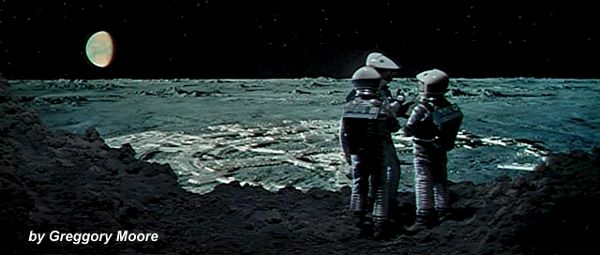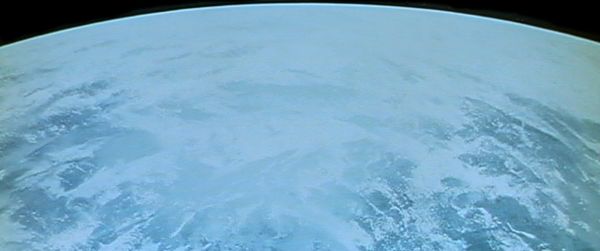NOTE 7 there occurs a metafictionally self-reflexive passage:
It is generally assumed that if man were to establish the fact of survival after death, he would also solve, or be on the way to solving, the riddle of Being. Alas, the two problems do not necessarily overlap or blend. (p. 93)
Of course, the fact that there is a process by which life comes into being is axiomatic and need not be established. The quotation is apposite, however, in its exemplification of the possibility of illustrating a phenomenon's existence without elucidating its mysteries; and this is what Kubrick has done with the incipience of life. He, of course, knows no more of the force which impels life into being than any of us—and thus does he make no attempt to explain it. He does, however—as we all do—know that there is such a force and a process by which this force is made manifest. With 2001: A Space Odyssey, Kubrick allegorically documents the existence of this force (with appropriate tribute to its inscrutable mystery) and exemplifies this process in a perfectly fitting manner: the creation of a single human existence analogized to the history of human existence as a whole. It is a symmetry, a circularity so perfect that one might think he has seen, if not the reason for, at least the logic of the cosmos.




